Let’s seize the decade!
Our plan to empower Australian communities and cut climate pollution by 75 percent this decade.
Australia’s shift to clean energy is well underway – visible on our rooftops, in our homes, neighbourhoods and businesses. This not only cuts climate pollution, but also helps families reduce the costs of living, makes businesses more competitive and creates good jobs and new investment in our regions.
But we still have a long way to go, and moving too slowly is dangerous. Digging up and burning coal, oil and gas is blanketing our planet in heat-trapping pollution that supercharges extreme weather. Australians are already weathering ‘climate whiplash’, as we’re hurtled from flooding rains to scorching heatwaves and catastrophic bushfires, and back again. The only solution is to end climate pollution as quickly as we can.



